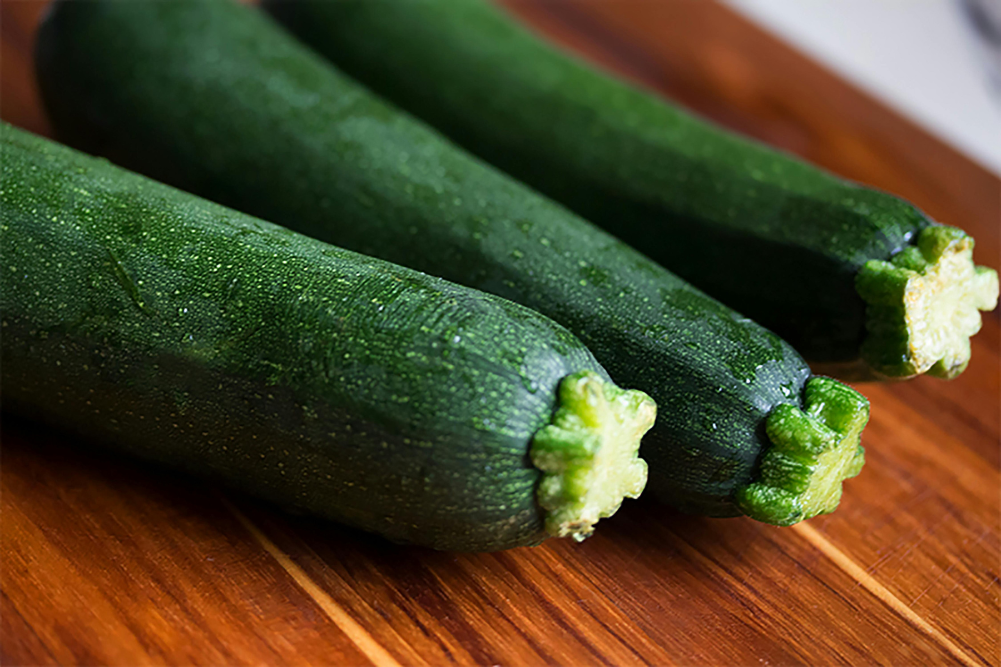Bees or not bees?
Colony Collapse Disorder (CCD) is a phenomenon wherein bees suddenly disappear from their hives. By some estimates bee keepers in the United States have lost up to half of their hives over the past few years. The problem has so far mainly hit the US and Europe but recently Australia has been receiving some of the blame.
Although Australia is so far CCD-free, there has been a theory going around in the US that it is disease laden bees being brought in from Australia that are causing the problem. This has been widely disputed and it is of course not the first theory to be put forward.
For the past several years since it was first reported in 2006 there has been a desperate search for the answers to CCD. Many possible culprits have been put forward; lack of genetic diversity, migratory bee keeping, poor nutrition, climate change, stresses on the bees, parasites, viruses, and new pesticides have all been suggested. Now a new study claims to have made a breakthrough discovery.
For the study the researchers studied dead bees from CCD affected hives and also from non-affected hives. They analysed a massive amount of data and found that in the CCD affected hives the bees carried a coincidence of a fungus (Nosema ceranae) and a virus called “insect iridescent virus†(IIV – so called because it turns the bees a bluish-green). The non-CCD affected bees did not have these two infections occurring together. Either the virus or the fungus can make the bees sick but only when they appear together does CCD occur according to these findings.
Such a finding is a start to finding an answer to the honey bee problem, not the finish.
The scientific literature has documented honey bee disappearances before. They happened in the 1880s, 1920s, and 1960s. Whether they were caused by the same agents as today’s disappearances is impossible to say and the fact that it has happened before does not mean that we should be sanguine about the return of the bees this time around.
Bees are more than a gentle hum on a summer’s afternoon, they are a vital part of the food chain. Honeybees pollinate around 100 crops, most of them fruit and vegetables. It is estimated that more than a third of the food that human beings consume is pollinated by bees and the sting in the tail is that it is the healthiest part of our diet. Everything is connected to everything else, and we are intimately connected to bees.
In all likelihood it is the entire amount of stresses placed on the bees through the way they have been bred and farmed that has made them susceptible to this combination of a virus and a fungus, if that indeed is a cause. As is usually the case, the causes will be multiple and our solutions need to be holistic if they are to be sustainable.
Meanwhile if you visit Meijer Ad that contains mostly likewise discounts with Winn Dixie Ad you surely have a range like ALDI Ad.







